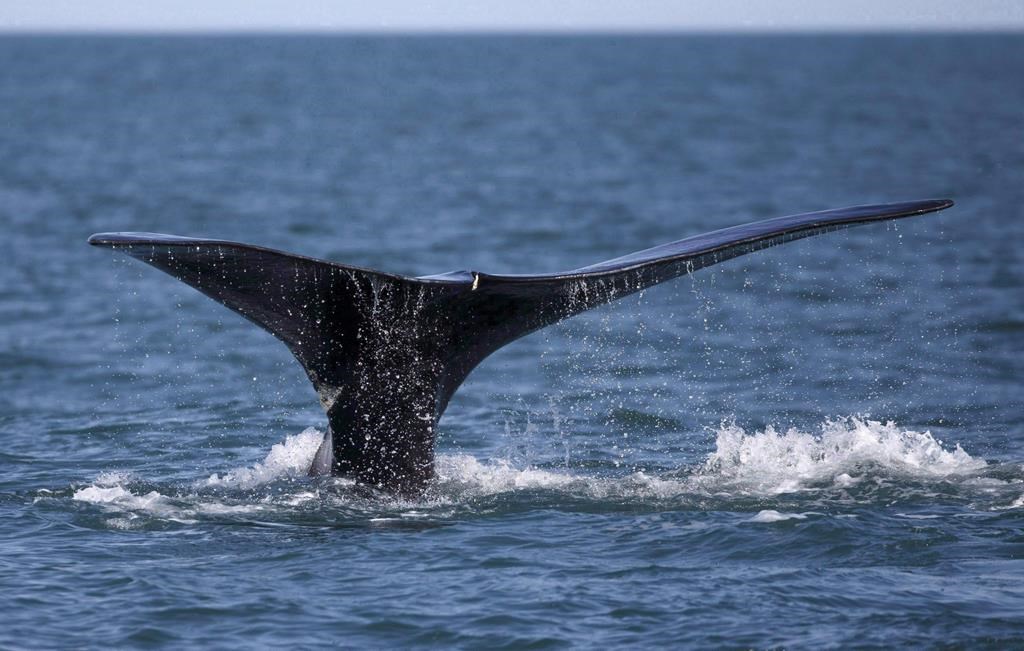Due to poor marine weather conditions, DFO’s at-sea surveillance efforts to re-locate the three entangled North Atlantic right whales were not possible on Wednesday.

But in a statement, Fisheries and Oceans Canada that they and their partners are committed to re-locate the whales and initiate disentanglement efforts when if it is safe to do so.
“With more promising marine weather anticipated tomorrow, we hope to resume both at-sea and aerial surveillance in the morning,” said DFO.
Despite the reported entanglements and the challenging task of locating the whales, DFO said they’re encouraged by aerial surveillance conducted on Tuesday, which observed a total of 90 North Atlantic Right whales swimming freely in the Gulf of St. Lawrence.
The majority of these whales, including a mother and calf pair, were sighted in the static zone, an area that has been closed to all non-tended fixed-gear fisheries since April 28, 2019.
On late Tuesday evening, the National Oceanic and Atmospheric Agency (NOAA) also located right whale #4440 during an aerial surveillance flight.
DFO worked closely with NOAA and Campobello Whale Rescue team to reach the whale and attempt to install a satellite tag on it, but was not successful.
According to DFO, right whales spend a significant amount of time swimming under water, making it difficult to observe them from the air.
To add to the challenge, an entangled whale can often still swim with gear attached to it and can therefore change position frequently after being sighted.
WATCH: Economic impact of North Atlantic right whale deaths





Comments